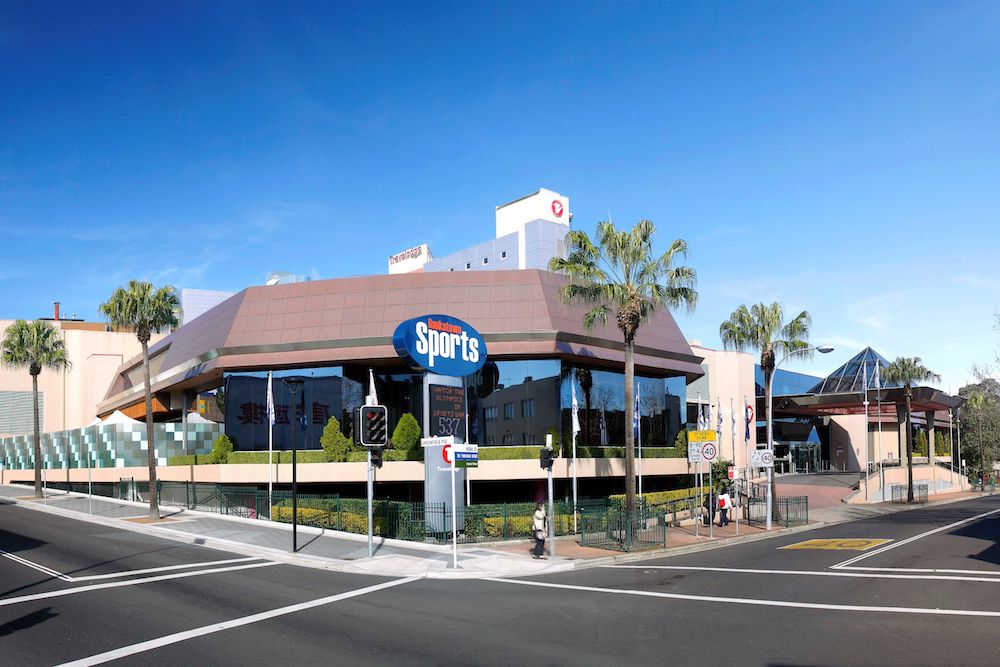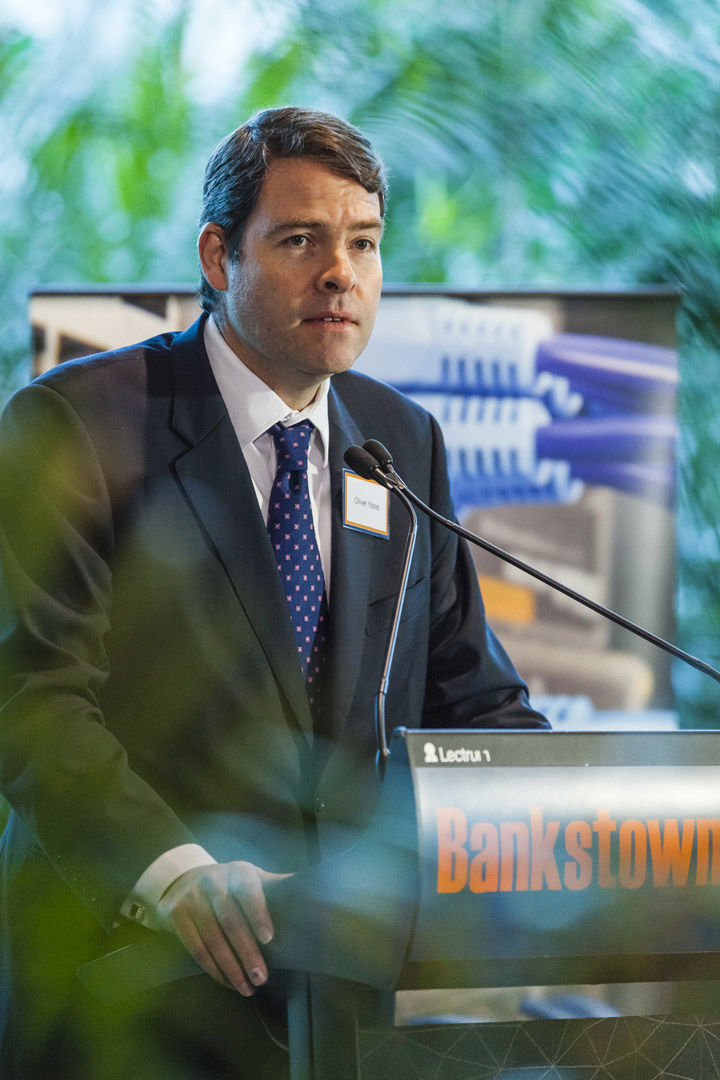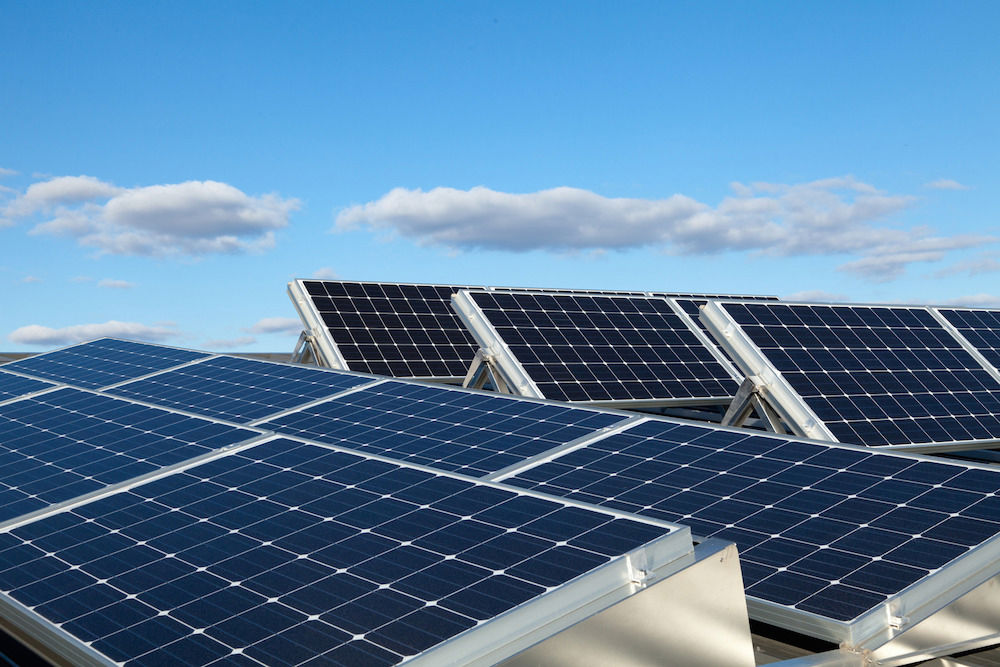Energy saving solutions big and small
From Club Insight (The voice of Clubs Qld), October-November 2014 edition
Energy prices play a significant role in the cost structure of individual clubs, with some larger clubs incurring over $1 million in annual energy bills. Rising energy costs mean clubs of all sizes need to understand and manage energy use to keep a lid on overheads.

Solar and energy saving technologies can make substantial inroads into those bills, but understanding which technology will reap the best rewards and finding the upfront finance for installation can be challenging.
While solar has been the focus for many clubs in providing a competitively priced electricity source, clubs can further reduce costs with the energy efficiencies through upgrading existing equipment like lighting, refrigeration, air conditioning systems, on-site generators and building management systems.
Clean Energy Finance Corporation (CEFC) CEO Oliver Yates said his organisation is working with clubs to help them make changes now that will help them save on energy for years to come, so they can continue to provide cost-effective, state of the art facilities and services for their patrons.

"We’re specialists in finance for competitive clean energy and we work with technology specialists and co-financiers to help clubs improve their bottom lines and maximise benefits for their members," he said.
The Gold Coast’s Burleigh Bears Rugby League Football Club was the first club to gain access to finance through the CEFC. Two years ago it installed energy efficient LED and T4 fluorescent lighting and slashed its lighting bills by 65 per cent.
Repayments for the $40,000 project were more than covered by the savings in energy costs gained through the new lights. The club’s patrons benefited from high performance lighting in dining, conference and other facilities and the new equipment also resulted in maintenance savings.
Bankstown Sports in NSW, which is one of Australia’s largest registered clubs, is investing about $2.2 million in improvements to achieve energy cost savings at two of its venues. It is accessing finance through the Energy Efficient Loan offered by the CEFC and Commonwealth Bank and designed especially for not-for-profit organisations.
Bankstown Sports CEO Mark Condi said club’s new equipment should be operating by the end of the year. It is installing a new air conditioning chiller system that is 50 per cent more efficient than the one it is replacing at its Bankstown venue, while at its Baulkham Hills venue, it is installing an 85kW rooftop solar that will generate about 10 per cent of that site’s energy needs.
“This project is helping us save on our energy costs while showing our community that we place an importance on operating in the best interests of the environment,” Mr Condi said.
“It is in line with our other sustainability initiatives including upgrading to energy efficient lighting and installing Australia’s largest indoor composter to recycle kitchen waste,” he said.

The Energy Efficient Loan (EEL) program is designed for projects over $500,000 with terms offered up to 12 years, and can cover the full value or part of a project.
The EEL can be used for solar installations as well as new, more energy efficient equipment, including lighting system upgrades, building management systems, air conditioning upgrades, refrigeration and cogeneration for aquatic and leisure centres and sporting venues.
The CEFC is providing further opportunities for clubs and other businesses wanting to reap the benefits of rooftop solar and more efficient use of energy.
Three newly announced solar programs totalling $200 million offer cost saving power purchase agreements and solar leasing arrangements to customers.
The new financing models for solar are being offered by established, experienced and accredited installation companies and suppliers.
They allow customers to save money on energy and keep focus on their business while the solar energy provider installs and maintains the most suitable system.
“While relatively new here, these leasing and power purchase products are well established overseas. It makes sense, with Australia’s solar resources offering a natural competitive advantage, that Australian organisations, including clubs, are offered as many different avenues to take up solar as possible,” Mr Yates said.
He said the CEFC was also working to catalyse further finance for energy efficiency upgrades.
“Clubs, with their strong ties to their local communities have immense potential to be leaders by example, showing other industries the potential in following suit.”
"We’re aiming to open as many doors as possible to help clubs be at the forefront of future-proofing their organisations with finance for innovative projects that reduce energy use, reduce energy costs and reduce carbon emissions."
In the news, 2014
